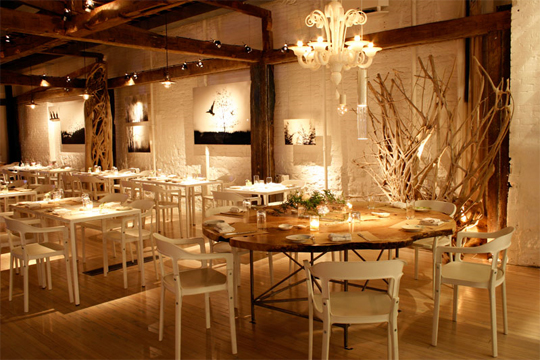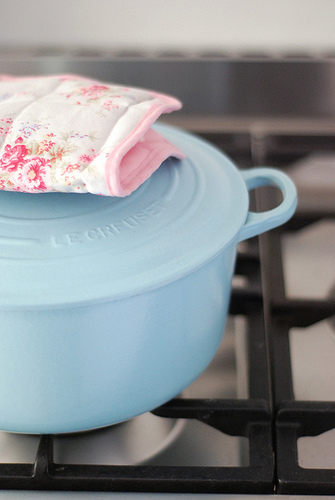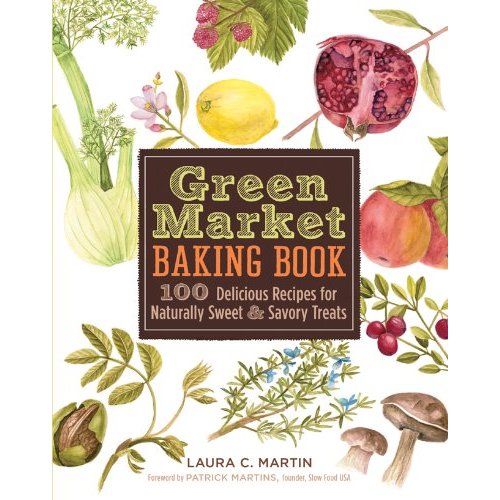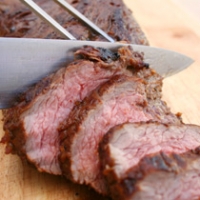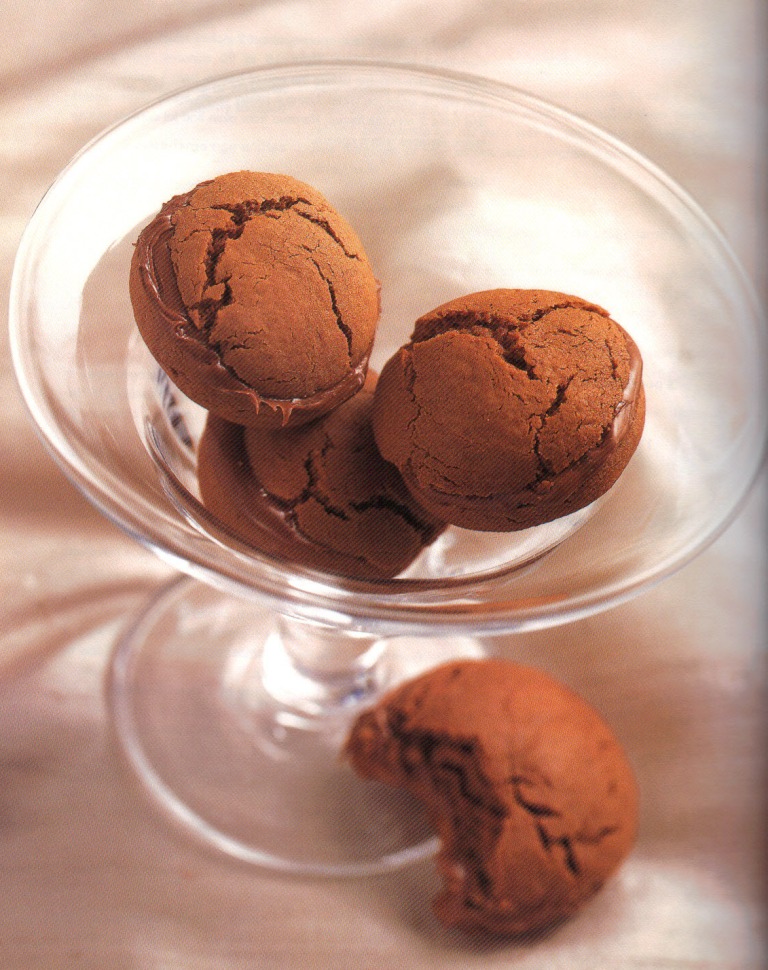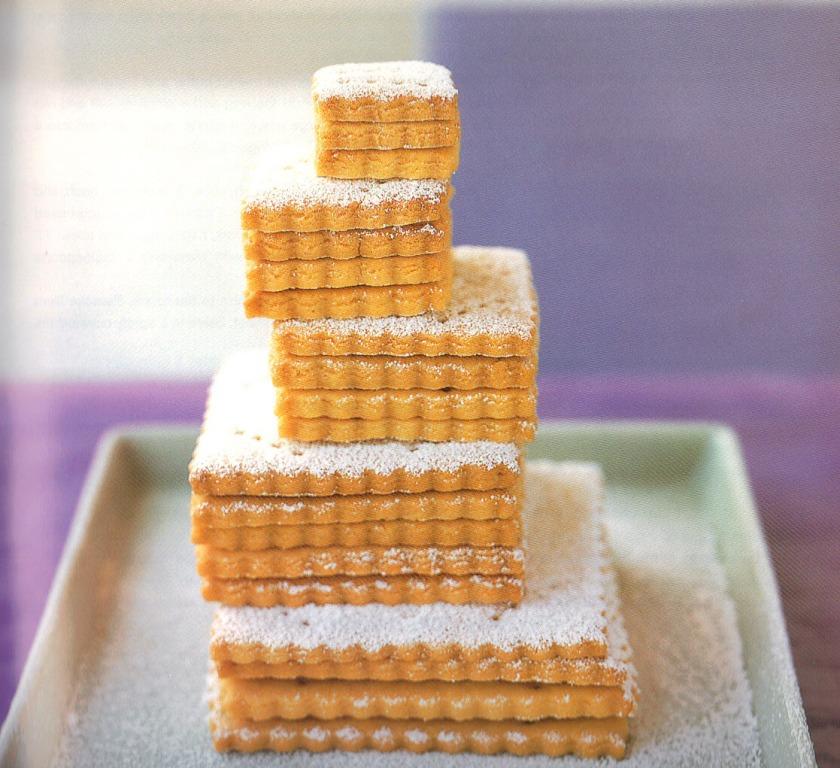 I like eggnog. At this time of year, my friend Katherine pours eggnog, instead of milk, into her morning coffee. No, not the alcoholic stuff, but the ultra-creamy, thick, organic, rum-flavored variety she gets from a local dairy in Bethesda, Maryland. As a child, I witnessed the appearance of "the yearly carton" in our refrigerator every December. My mother, who rarely drank, loved pouring rum (the alcoholic stuff) into a cut-crystal wine glass full of store-bought eggnog and savoring every sip. This was about the same time we snuggled up and watched "White Christmas" over and over again. (But hey, come to think of it, my mother's other favorite drink was a Brandy Alexander -- a not-too-distant cousin.) According to Larousse Gastronomique, where eggnog is referred to by its French name, lait de poule, it is a "nourishing drink served either hot or cold." Their recipe: to beat an egg yolk with 1 tablespoon sugar and add a glass of milk, then lace with rum or brandy. A more interesting version, offered in the Joy of Cooking, has you adding 1/4 cup of cream (instead of the milk), 2 to 4 tablespoons rum, brandy or whisky, and then folding in a stiffly beaten egg white. In the same book, you can find a recipe for eggnog in quantity, based on a dozen egg yolks, and take it from there (page 64, if you happen to have a copy.) Two curious things about that recipe: there is a mention of peach brandy (the book was originally printed in 1931. Who knew?), and a humorous headnote that no doubt launched the beginning of humorous headnotes in cookbooks. "Some people like to add a little more spirit to the following recipe," Irma Rombauer wrote, "remembering Mark Twain's observation that too much of anything is bad, but too much whisky is just enough."
I like eggnog. At this time of year, my friend Katherine pours eggnog, instead of milk, into her morning coffee. No, not the alcoholic stuff, but the ultra-creamy, thick, organic, rum-flavored variety she gets from a local dairy in Bethesda, Maryland. As a child, I witnessed the appearance of "the yearly carton" in our refrigerator every December. My mother, who rarely drank, loved pouring rum (the alcoholic stuff) into a cut-crystal wine glass full of store-bought eggnog and savoring every sip. This was about the same time we snuggled up and watched "White Christmas" over and over again. (But hey, come to think of it, my mother's other favorite drink was a Brandy Alexander -- a not-too-distant cousin.) According to Larousse Gastronomique, where eggnog is referred to by its French name, lait de poule, it is a "nourishing drink served either hot or cold." Their recipe: to beat an egg yolk with 1 tablespoon sugar and add a glass of milk, then lace with rum or brandy. A more interesting version, offered in the Joy of Cooking, has you adding 1/4 cup of cream (instead of the milk), 2 to 4 tablespoons rum, brandy or whisky, and then folding in a stiffly beaten egg white. In the same book, you can find a recipe for eggnog in quantity, based on a dozen egg yolks, and take it from there (page 64, if you happen to have a copy.) Two curious things about that recipe: there is a mention of peach brandy (the book was originally printed in 1931. Who knew?), and a humorous headnote that no doubt launched the beginning of humorous headnotes in cookbooks. "Some people like to add a little more spirit to the following recipe," Irma Rombauer wrote, "remembering Mark Twain's observation that too much of anything is bad, but too much whisky is just enough."
But the real reason I write about eggnog today is to tell you how to use commercially-bought eggnog in myriad ways. I make a one-ingredient "creme anglaise" by merely simmering eggnog until thick and creamy (until it coats the back of a wooden spoon); a wicked pumpkin flan using eggnog as its foundation, and a fabulous panettone bread pudding whose custardy goodness comes from...you-guessed-it.
The following recipe first made its appearance in Recipes 1-2-3, published in 1996. Eggnog and Panettone Bread Pudding A winter wonderland kind of dessert, since commercial eggnog appears just in time for the first frost. You can use a bottled eggnog here, like Mr. Boston, from your liquor store. This will produce a deliciously "alcoholic" dessert. Or you can use eggnog that is available in the refrigerated case of your supermarket for a rich and evocative (and non-alcoholic) pudding. Even the eggnog in the can (I think it's Borden's) will do.
8 ounces panettone 3 cups prepared eggnog 2 extra-large eggs
Preheat the oven to 350 degrees. Cut the panettone into 3/4-inch cubes. Put them on a baking sheet and toast them lightly in the oven. Watch carefully. The panettone should become golden, not brown. Beat together 2 cups eggnog, eggs, and a pinch of salt using an electric mixer. Place the toasted panettone cubes in a baking dish that is 9x7 or 8-inches square. A glass dish is preferable. Pour the eggnog mixture over the panettone, pressing down so that the panettone is submerged. Let sit 15 minutes. Place the pan in a hot-water bath. Bake 40 minutes until firm and golden. Remove from oven and let cool. Serve at room temperature or cold. Prepare a sauce using the remaining eggnog: Put 1 cup eggnog in a small, heavy saucepan. Bring to a boil, lower heat to simmer and cook, stirring often, until reduced to 1/2 cup and is dark tan in color, about 30 minutes. Let cool. Drizzle pudding with sauce. Serves 6
HAPPY NEW YEAR!

